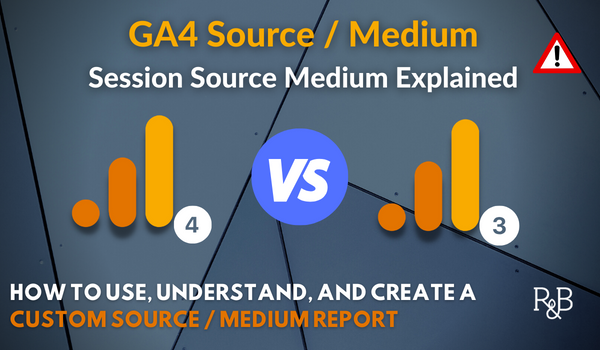A Comprehensive Overview to Secondary Dimensions in Google Analytics: Unveiling Its Role in Data Interpretation
A Comprehensive Overview to Secondary Dimensions in Google Analytics: Unveiling Its Role in Data Interpretation
Blog Article
Revealing the Impact of Second Dimension in Google Analytics on Information Analysis and Insights
In the realm of data analytics, the utilization of second dimensions within Google Analytics has emerged as a pivotal tool for extracting deeper insights and unraveling complex patterns that could or else remain covered. By peeling back the layers of key data sets, additional measurements offer a nuanced point of view that enhances the understanding of customer behavior, website performance, and the performance of marketing methods.
Checking Out the Idea of Additional Dimensions
Secondary dimensions in Google Analytics provide added insights by allowing individuals to assess primary data in combination with a secondary attribute. By incorporating second dimensions, users can dig much deeper into the data and discover useful correlations that may or else go undetected - what is a secondary dimension in google analytics.
By exploring the numerous secondary dimensions available in Google Analytics, individuals can unlock brand-new insights and enhance their electronic advertising and marketing efforts. In significance, additional measurements serve as an effective device for improving information analysis and driving actionable results.
Enhancing Information Analysis With Second Measurements
Having established the foundational understanding of secondary measurements in Google Analytics and their critical role in data analysis, the emphasis currently shifts in the direction of leveraging these second credit to boost the analysis of analytics information (what is a secondary dimension in google analytics). By including secondary dimensions right into information analysis, experts can get much deeper insights right into individual actions, web site efficiency, and advertising and marketing effectiveness

In addition, second dimensions help in contextualizing main information metrics by providing extra layers of information. This contextualization help in recognizing the 'why' behind the data patterns, aiding analysts make educated choices and optimizations to enhance total performance. Ultimately, integrating second measurements enhances the information analysis procedure, resulting in more strategic activities and meaningful understandings.
Discovering Hidden Insights Through Second Measurements
Checking out the depths of analytics data with secondary measurements discloses valuable insights that would certainly otherwise continue to be obscured. By including second dimensions in Google Analytics, organizations can discover covert patterns, patterns, and relationships that give a more thorough understanding of customer habits and website performance. These additional layers of information allow analysts to dig deeper right into the main dimensions, such as traffic resources or touchdown web pages, and gain an extra nuanced perspective on exactly how different variables communicate with each various other.
Through the usage of secondary measurements, analysts can section and compare information throughout different measurements, enabling them to identify particular aspects that influence user interaction, conversion prices, and total success metrics. By coupling the main dimension of 'tool classification' with the secondary measurement of 'age group,' marketing experts can pinpoint which age demographics choose accessing the website with mobile gadgets versus desktops.
Leveraging Additional Dimensions for Actionable Analytics
Structure upon the insights revealed through additional dimensions in Google Analytics, services can currently harness this enriched information landscape to drive actionable analytics and critical decision-making. By leveraging second dimensions, organizations can delve deeper into their data to extract important patterns, patterns, and connections that might have previously gone undetected. This much deeper level of evaluation makes it possible for organizations to obtain a much more extensive understanding of user habits, campaign efficiency, and total internet site performance.
One key advantage of utilizing additional measurements for actionable analytics is the ability to segment data based upon particular criteria. This segmentation permits services to tailor their projects and techniques to different audience groups, resulting in more targeted and effective marketing efforts - what is a secondary More about the author dimension in google analytics. Furthermore, additional dimensions supply an even more all natural sight of user communications, enabling businesses to optimize their website material, layout, and general user experience
Optimizing Decision-Making With Secondary Measurements
To improve calculated decision-making in analytics, leveraging additional measurements in Google Analytics can supply an extra nuanced perspective on customer behavior and project efficiency. By integrating additional dimensions right into information evaluation, companies can dig deeper right into the specifics of their website site visitors' interactions and involvement patterns. This extra layer of details permits an extra thorough understanding of just how various variables, such as demographics, see gadgets, or traffic resources, impact essential performance signs.

Final Thought
In conclusion, using secondary measurements in Google Analytics plays a crucial duty in boosting information analysis and discovering hidden understandings. By exploring this principle, one can obtain a deeper understanding of individual behavior and make informed decisions based on actionable analytics. Leveraging additional dimensions allows for a more thorough interpretation of information and makes the most of the efficiency of decision-making procedures.

Report this page